PHOTOS: Barataria Preserve
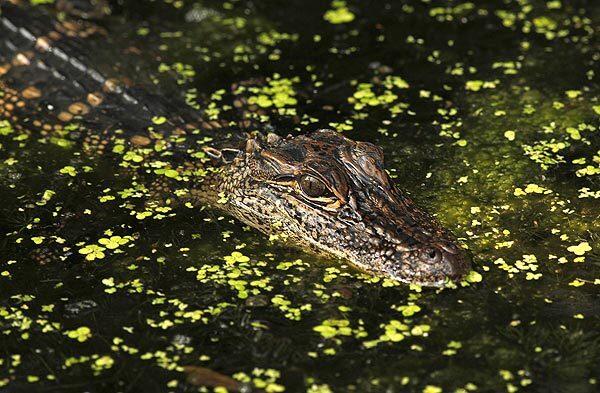
A young American alligator in lurkis in Louisiana’s Barataria Preserve. The preserve, threatened by the Gulf of Mexico oil spill, is biologically more diverse than the Everglades and serves as a nursery and breeding ground for the gulf’s world famous shrimp, crab, oyster and fish. (Carolyn Cole / Los Angeles Times)
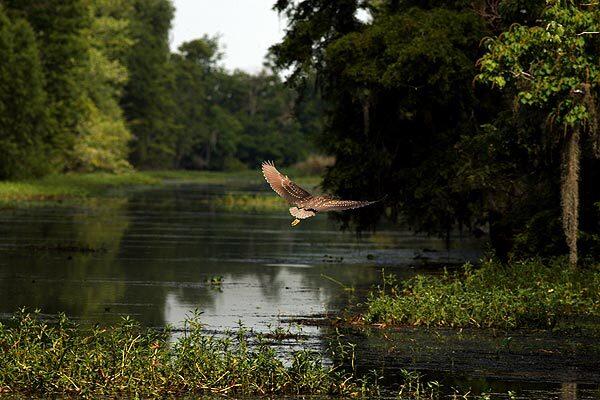
A young black-crowned night heron glides through part of the Barataria Preserve. Nearly everything that lives in the Gulf of Mexico is in some way connected to Barataria Bay, which is part of a coastal water system that regularly flushes with tides that mix salt water and fresh water. (Carolyn Cole / Los Angeles Times)
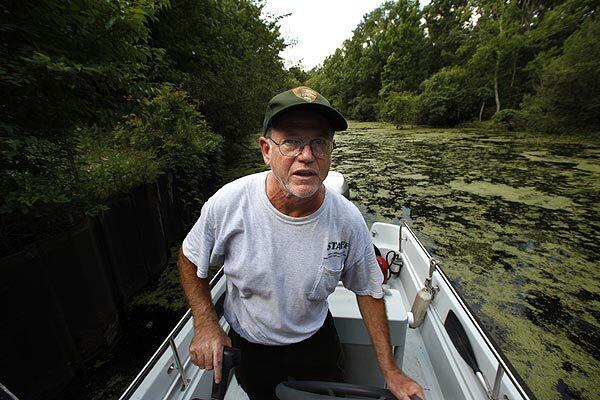
David Muth is chief of planning and resource stewardship of the Jean Lafitte National Historical Park and Preserve, which includes the Barataria Preserve. “It’s all tidal,” he says. “We are connected to the gulf and therefore affected by storms in the gulf and, potentially, oil.” (Carolyn Cole / Los Angeles Times)
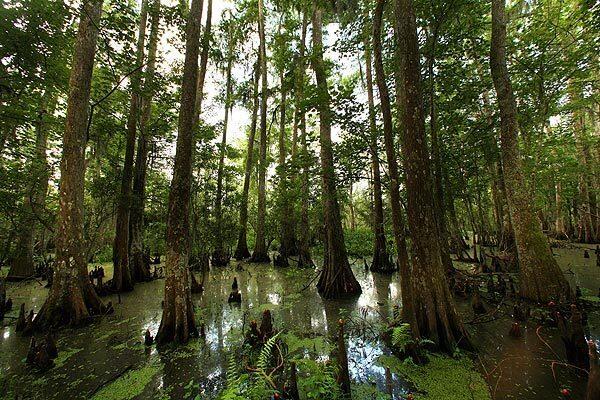
The Bald Cypress Swamp of Barataria Preserve is more alive than it might look. Much of the gulf’s renowned marine life is linked to places like this. (Carolyn Cole / Los Angeles Times)
Advertisement
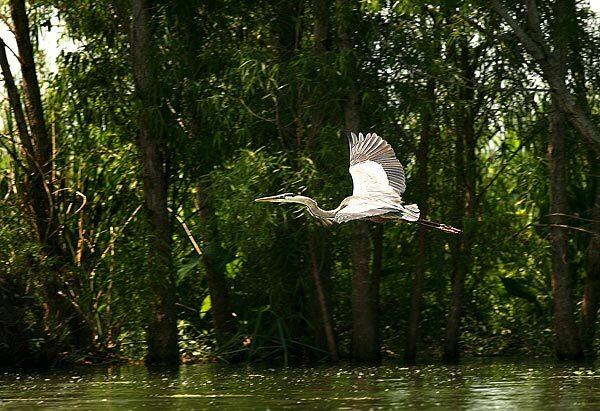
A great blue heron goes on the prowl. Nearly everything that lives in the Gulf of Mexico is somehow connected to Barataria Bay -- and the prospect of oil infiltrating the connection threatens a unique ecological system that already is in trouble from hurricanes and manmade canals, dikes and levees. (Carolyn Cole / Los Angeles Times)
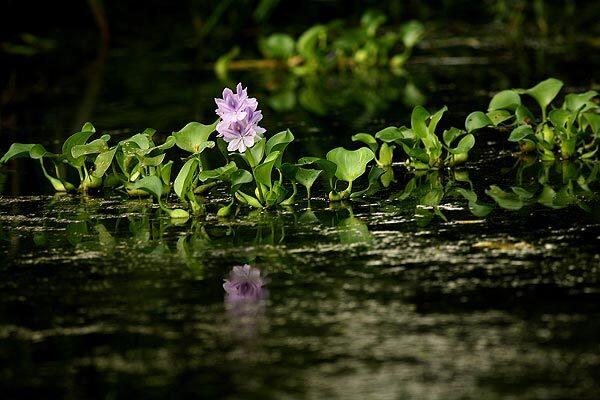
The water hyacinth is a non-native plant in the Barataria Preserve. (Carolyn Cole / Los Angeles Times)
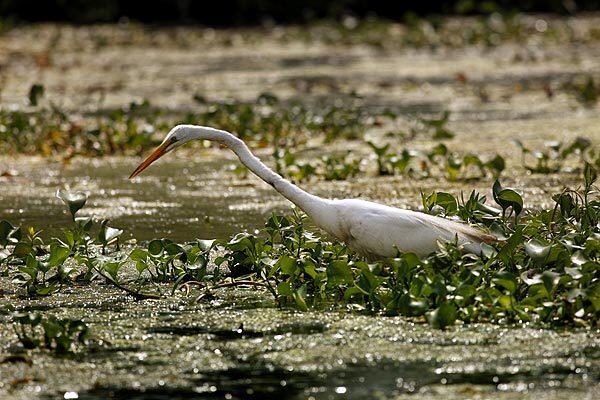
A great egret looks for fish in the Barataria Preserve. The preserve’s reedy redoubts are where the gulf’s marine life comes to be born and mature. (Carolyn Cole / Los Angeles Times)
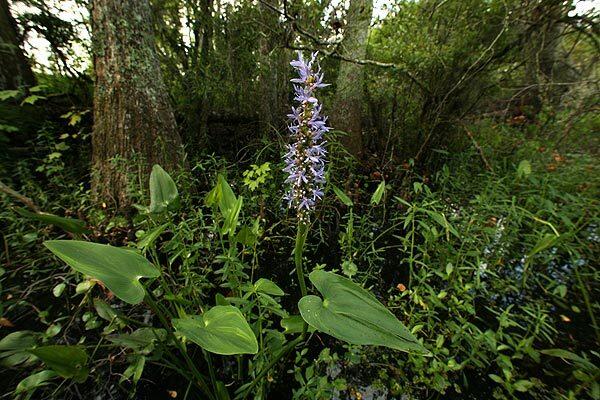
Pickerelweed grows in a Barataria swamp. (Carolyn Cole / Los Angeles Times)







